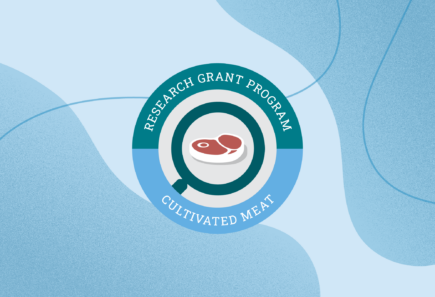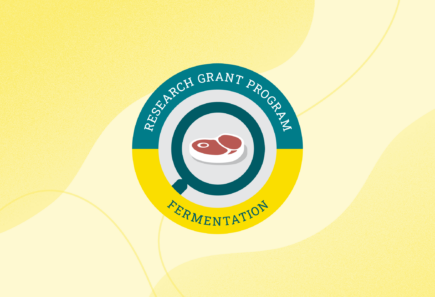
CulFish
Years active: 2023This project will produce an animal-free source of nutrients from upcycled waste streams for fish cells, enabling reductions in the cost of cultivated fish.

This project will produce an animal-free source of nutrients from upcycled waste streams for fish cells, enabling reductions in the cost of cultivated fish.

Integrating high-moisture extrusion and post-structuring technologies for improved textures from plant proteins.

With neutron scattering, this project aims to understand how plant protein melts solidify into fiber-like meat analogs during extrusion processes.

Learn about Dr. Gareth Sullivan’s work to develop a “frozen farmyard” cell line repository for cultivated meat.

This project aims to determine the key molecules that contribute to cooked salmon’s odor and flavor and recreate these with optimal plant, fungal, and algal oils. The proposed solutions’ oxidative stability will be determined and possibilities for shelf-life extension provided.

This project aims to use the immense diversity in mushroom-producing, new-to-food fungi to create improved fermented products. If the mycelium (the root network) has the same characteristics as the mushroom (the fruiting body), they can create tasteful and healthy products.

The project will publish an open-access techno-economic analysis (TEA) investigating a two-stage byproducts-to-lipids production system and modeling production choice trade-offs. The wet lab work will analyze organism lipid profiles under various growth conditions to inform the TEA.

Poor and inauthentic flavors of current seafood alternatives are a barrier to consumers’ acceptance. To address this shortcoming, the precision fermentation startup Nectariss plans to develop realistic seafood flavors based on the fermentation of mycelial fungi.

The Brodsky-Hanga collaboration will define an intracellular pathway in porcine muscle responsible for the uptake of glucose. The goal is to exploit this understanding to nourish cultured muscle cells for cultivated meat production.

This project will incorporate computational fluid dynamics and genome-scale metabolic models into techno-economic analyses. This detailed model of bioreactor performance and cell behavior will enable assessment and optimization of novel bioreactor designs more cost effectively than building and testing prototypes.